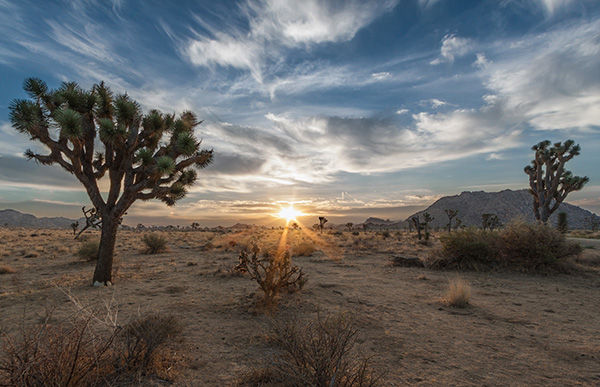Hiking Safety
- Jack Dippel

- Oct 16, 2018
- 2 min read
Having made my share of mistakes in the wilderness over the years, I have compiled a list of gotcha's that can be applied to any outdoor adventure. I urge you to print this out and store with your outdoor gear. Hiking can be a most rewarding distraction from the daily grind, but safety should NEVER be taken for granted!
PREPARATION
1. Plan Your Hike
You are more likely to have a safe and happy hike if you "plan your hike, and hike your plan". To rush out on a big hike without proper planning is asking for trouble! ALWAYS notify someone close to you where you will be and how long you will be gone.
2. Know Your Terrain
Use every resource available to get to know your hiking trail before you set out. This will prepare you for the walking conditions. "Are there streams to ford?, Elevation changes?, Is terrain rocky or smooth?", Just some of the questions that can be answered BEFORE you set out.
3. Know Your Climate
Hypothermia is real, dangerous, and misunderstood. Hypothermia can strike in relatively warm environments. Hypothermia plain and simple is a rapid cooling of the body. This can be caused by cold, wet or a combination of both. Hypothermia can easily be prevented with proper preparation.
INSIDE-THE-PACK ESSENTIALS
1. Potable Water
Always have fresh water available, on any excursion. It is also a good idea to bring along purification tablets and/or a filtration device. Having the ability to produce drinking water can be just as important as the water you pack in. I also bring along some protein snacks, just in case.
2. First Aid Kit
Although an obvious choice, it is surprising how many folks go in the wilderness without one. Items as simple as pain relief tablets can be a welcome addition when you are far from civilization. Other items to bring are: bandages, tweezers, moleskin, antiseptic, needle and thread (for repairs). A paracord strap is handy as these usually contain many feet of nylon strands that can act as a tourniquet if needed.
3. Fire and Light Source
Matches and a lighter are essentials for me. I usually pack along a small piece of commercial starter stick for quick fires in moist environments. I also pack a small conventional flashlight and an LED light as well.
4. Clothing
It is always wise to pack some extra layers. The weight of these items will be dictated by the environment, err to the side of caution, as temperatures can fluctuate greatly, especially in mountainous environments. An extra pair of socks can be life savers.
5. Map and Compass
Packing along a map and compass has gotten me out of a jam more than once. I also carry a cell phone. Although I may not get reception in most places, I may be able to get a call out in a pinch.
The single most important item to pack on your next hike is: common sense. Making sound decisions while on the trail will keep you out of most trouble situations.
If you hike with family members, especially children or seniors, remember that they may not have the stamina to handle the same level hike as you. You simply have to make the right decision.
Be prepared, stay safe!
Artie Jameson
Gearproz Staff Writer





Comentarios